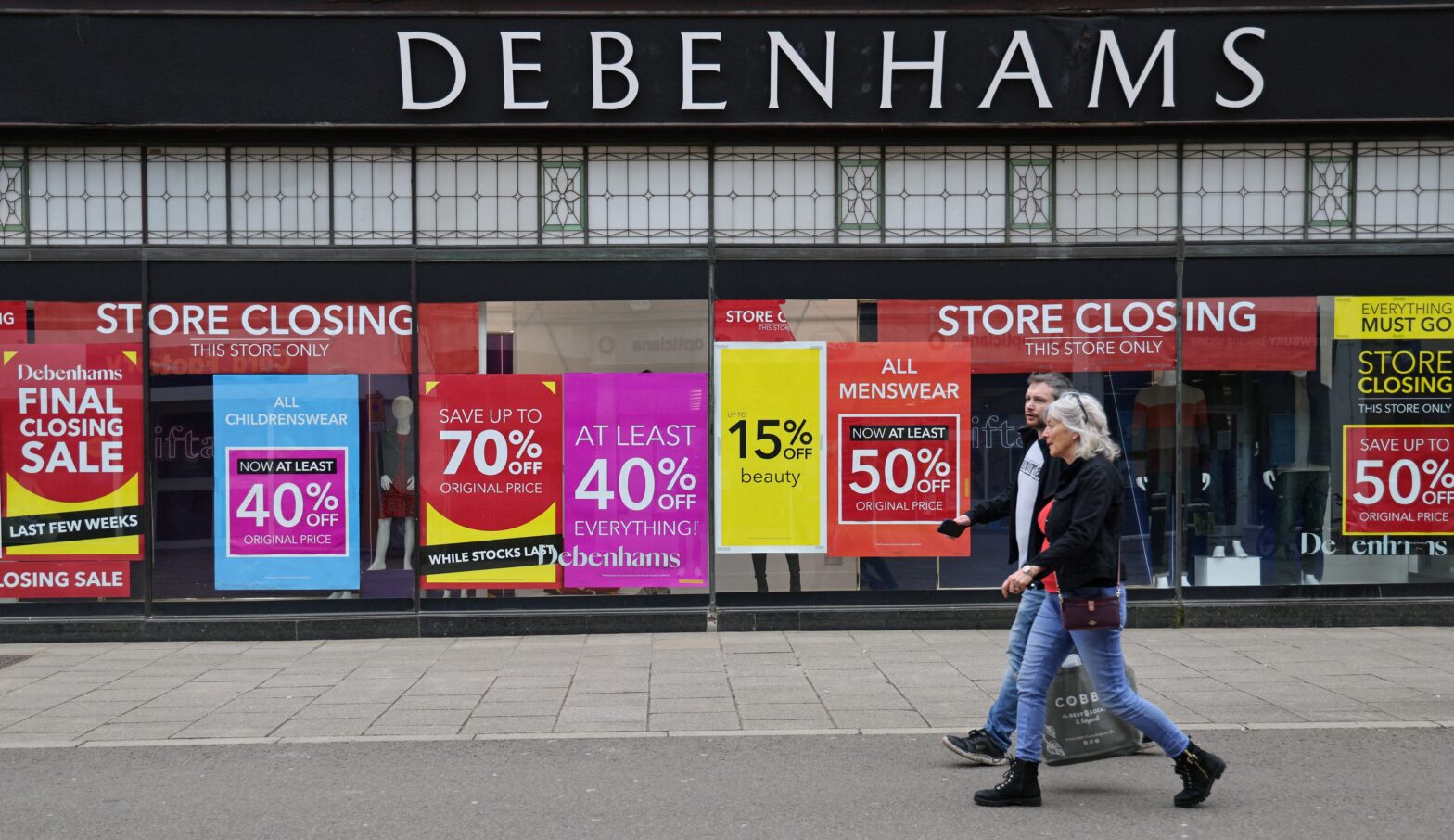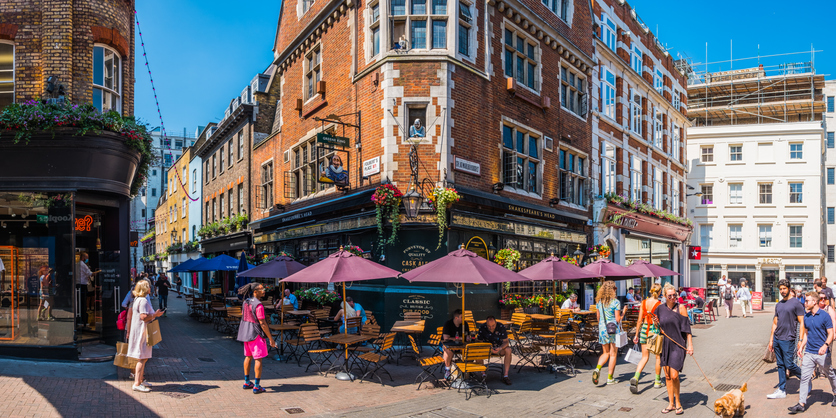It was another torrid year for the UK’s high streets as the number of shops closing hit a five-year high in 2022.
A total of 17,000 stores slammed down their shutters for good over the 12-month period, according to the Centre for Retail Research (CRR) – a 50 per cent increase on 2021’s figure during the pandemic.
The UK currently has 423,690 stores in total, including vacant and to-let premises.
The closures resulted in over 151,000 retail job losses, an increase from over 105,000 in 2021.
Research from investment firm Investec also found SMEs are relying on their savings to keep afloat.
The energy crisis, rise in labour costs, inflation and the continuous drive towards online shopping are reasons cited for the trend.
The closures were made up of larger retailers reducing stores, independents throwing in the towel and insolvencies. Independent stores accounted for 65 per cent of closures.
Professor Joshua Bamfield, director of the CRR, expects the trend to continue and warned that 15,000 to 18,000 stores could close by the end of December 2023.
“Rather than company failure, rationalisation now seems to be the main driver for closures as retailers continue to reduce their cost base at pace,” he said, adding that a few “big hitters” could also go under this year.
Some of the bigger insolvency stories included lifestyle retailer Joules, which was bought by Next, Debenhams, and convenience store McColls, which was bought by supermarket Morrisons.
The figures from the CRR are gross and do not consider new businesses, which in the first half of 2022 jumped by 18 per cent with 90 new businesses being set up every hour in the UK.
High street stores have been making way for more cafes and tattoo parlours, according to recent reports – pointing to a change in consumer behaviour and how we interact with the high street.





